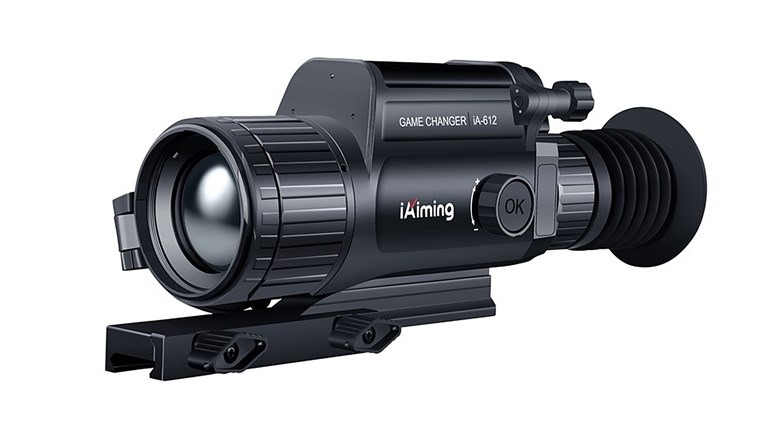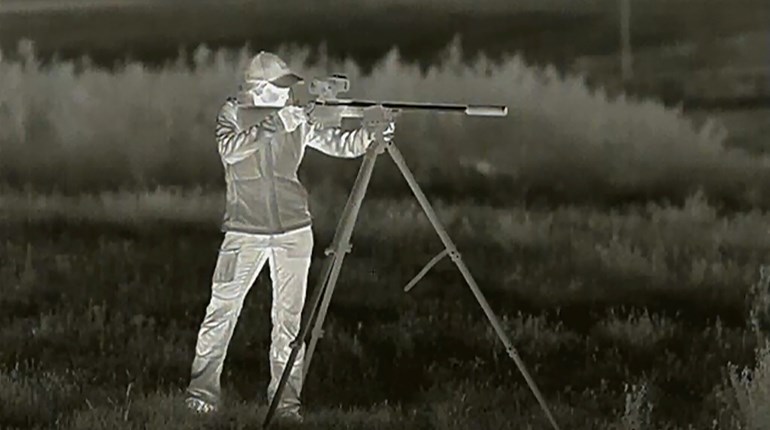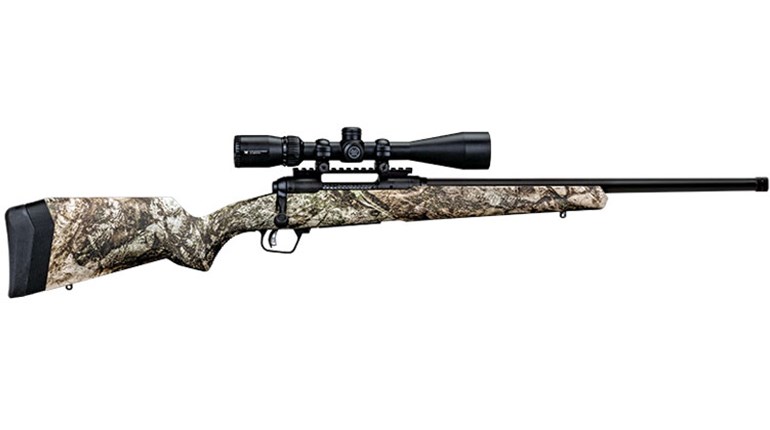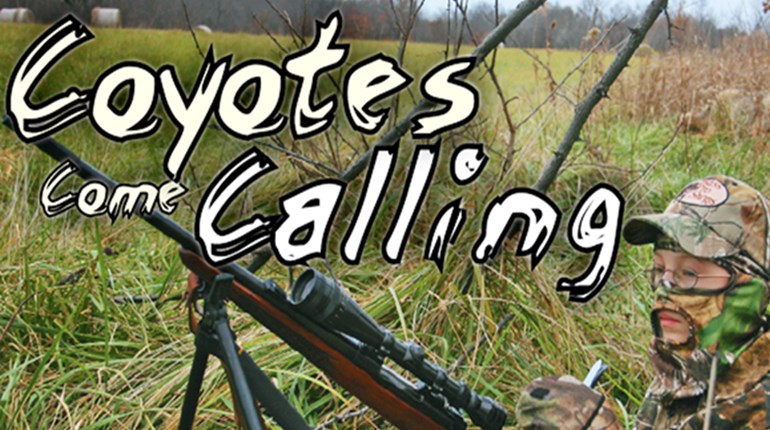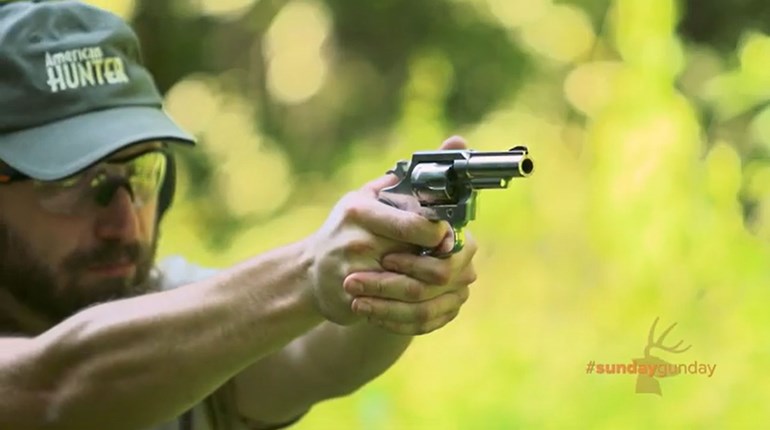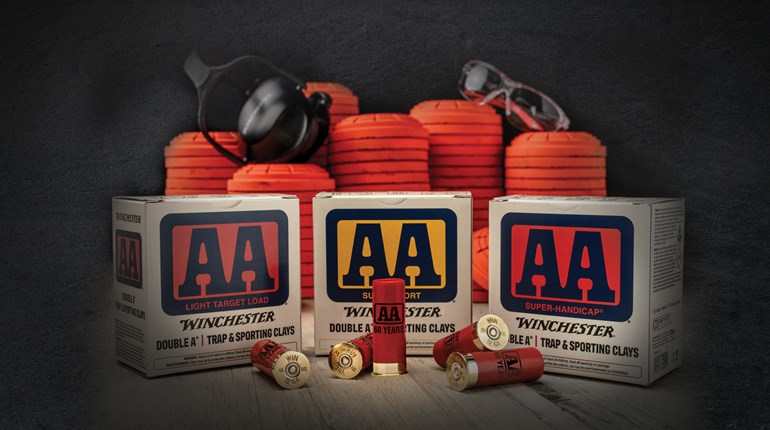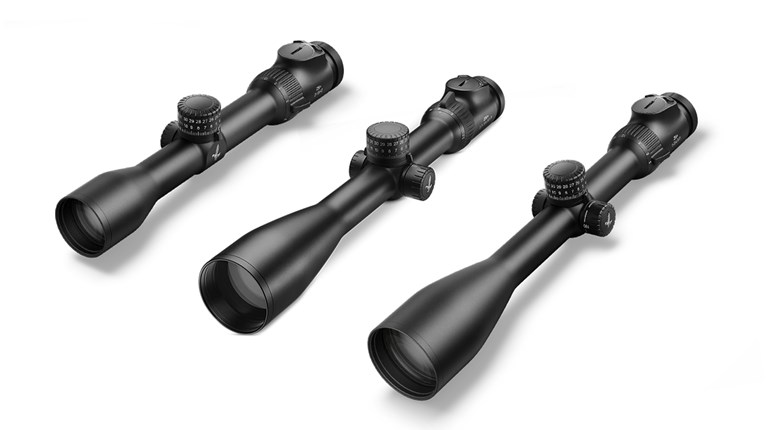I certainly had big-game hunting on my mind when I relocated from the Midwest to Alaska in 2010. Cradling my first $25 grizzly tag had me grinning from ear to ear for a month. However, to my surprise it has been the smaller game that has attracted more of my attention.
During a fall trek back to the “Outside” (Lower 48) to test the new Trijicon TARS scope system, the first question from my host and renowned Utah predator hunter Cory Lundberg about my relocation was, “Dude, are there coyotes? There must be coyotes.” More questions came in an unrelenting fury: “What about foxes? Are there lynx? Can you actually find a wolverine? What about the wolves? Does anybody even use game calls? Can I hunt as a nonresident?”
The Plan
After I returned to Alaska, and after a month of Lundberg’s enthusiastic weekly logistical calls, we arrived at the following conclusions: Yes, nonresidents can hunt, and there are significant numbers of coyotes and foxes, and the frequent lynx.
Amazingly, the cost of a nonresident general hunting license was a mere $88. As for wolverines and wolves, a guide is required for nonresidents, and in most cases access to an aircraft would be necessary for success.
As I surveyed local hunters and wilderness cabin owners, it was nearly impossible to find anyone who actually targeted coyotes. The few animals that were taken seemed to be happenstance. Foxes were pursued aggressively through trapping, yet rarely hunted with game calls. One comment was consistent among them all: “I tried one of those rabbit squeals once, but nothing happened.”
Lundberg and I settled on the last seven days of February for coyote and fox, though we could take only fox in one of our local game units. We would exclude wolverines and lynx as they had just fallen out of season.
I enlisted the assistance of my neighbor, pastor, fellow Midwest transplant and hunting buddy, Wes Hudson. Wes supplied the snow machines and his vast knowledge of the local trail system. Hunting with him is always a pleasure because of his woodsmanship and positive demeanor. Besides, his presence reminds me to watch my language.
With February’s unpredictable weather and temperature swings from 25 above to 25 below, we planned to hunt from my home on the edge of the interior, outside Talkeetna. We focused on nearby power line right-of-ways, the Alaska Rail Line, lakes and the Susitna River channels. All of these areas could be quickly accessed by snow machine, literally by departing from my driveway.
Alaska’s right-of-ways and hunting are generally open. As long as a property is not posted, and you stay off the railroad tracks, you generally have access to hunt.
Unless the sky is clear, most evenings produce a slight or moderate snowfall, making it easy to locate high-traffic game areas.
First Contact
Men, machines and rifles take time to organize, adjust and sight-in. With 6 to 7 feet of snow on the ground, we spent almost one full day getting our guns dialed-in and gear bagged. To keep us vertical, a snow machine refresher course from Wes was an absolute necessity.
Toward the end of “gear day,” Wes suggested we head about a mile from my home to get in one setup before we lost our light.
Within 10 minutes, we overlooked a large expanse of frozen marsh that bordered the Alaska Railroad next to the Susitna River. As we traversed the frozen grass, coyote tracks crisscrossed our sled trails. Quickly, we located a group of alders to break up our outline. After stashing the sleds, the three off us waded through the waist-deep snow and struggled to get into position. The electronic call was set about 20 yards to our right.
Sitting deep in snow with shooting sticks in place, Lundberg hit the remote fob and the call began to sing. It took less than three minutes for two coyotes to appear. They were 400 yards away, headed on a brisk trot toward the sound of our rabbit having an impressively bad day.
I’m not sure if it was the calling, the winter hunger or our low profile dressed in snow camo, but the canines came with absolute commitment to within 60 yards, and then Lundberg said, “Take ’em.” Despite the flurry of gunfire from three experienced shooters at close range, only one pup hit the snow. The retreating flight of his partner impressed us with just how intensely quick a dog could run … and how much ammo we could shoot behind him.
We looked at each other in astonishment at the effectiveness of the setup, and how poorly we shot at the one that got away. The dog’s commitment to the call was motivating, and we were absolutely ecstatic at the possibilities for our upcoming hunt. We also concluded that snowshoes were a must, unless we wanted to swim on our bellies every time we stopped.
Fox on the Run
The next morning we downed sourdough pancakes the size of our heads at the Roadhouse in downtown Talkeetna before departing on snow machines through town in a balmy 20 degrees. We aimed for a crossing point on the Talkeetna River leading to the Chase Trail, running parallel to the Alaska Rail line.
Checking several spur trails, we stopped and set up when we found tracks. At mid-morning, we spooked a pair of foxes that came in from downwind. Later, another one charged in from upwind when a snow machine freighting lumber to a cabin ran it off. Although there was no coyote action, the red foxes were cooperating.
Wes had to leave early, which meant Cory and I would be on our own. “You guys are handling the sleds fine,” said Wes. “Just stay on the trail and work your way back to town. I’ll see tomorrow.” He turned around his machine and sped off at 40 mph.
Our trip home was uneventful, until nearly sunset. Just a few miles north of town, we crossed fresh fox tracks. This time we followed the tracks 100 yards into the woods, stopped to drop the call on our sled trail and parked the machines.
We shoed to a deadfall, and kicked the controller on the call. Like the night before, within just a few minutes I saw black-and-brown fur moving through the woods. The color was similar to a wolverine, but it was notably smaller in comparison.
I whispered to Cory, “I think a young wolverine is coming from my side.”
He acknowledged my comment with a nod, and a minute later a .223 bullet exited his barrel. I saw the animal rip off 100 yards through the massive cottonwood bottom into a thicket.
Lundberg, pulling himself up from his deep snow depression, proclaimed, “Wow! I’ve never seen a fox that color. I think it might be a phase fox.”
Unique to the far north latitudes in Canada and Alaska, a cross fox or phase fox (Vulpes vulpes) is a member of the red fox family that sports darker red, black and brown fur not unlike the shading of a wolverine. We picked up the blood trail, which led us right to a deadfall hole as the sun was about to set. Judging from the amount of blood lost, we agreed the fox wouldn’t be going anywhere. I suggested coming back at first light with a couple of big shovels.
Mayhem
When Wes heard we had tracked a phase fox to a deadfall he was ecstatic. “I’ve never killed one. I can’t wait to see it,” he said.
Despite the additional 5 inches of snow that fell the previous evening, we had no trouble driving right to the deadfall. I was the first into the hole. Flashlight in hand, my legs sticking out in the air at a 45-degree angle, I could just barely make out black-and-dark-brown fur.
Wes asked, “Do you see any steam down there?”
With my head 3 feet inside the hole I reluctantly answered, “Why … ?”
“Well … ,” he hesitated, “that’s a perfect-looking bear den. If you see anything big move, get out! I mean fast!”
At that, I exited with a sense of purpose to get some air and lower my blood pressure. Lundberg, completely undeterred by Wes’ comment and determined to get the fox, dove into the hole with a shovel and the light.
“I see him. I think I can grab his tail. … Oh, it pulled back!”
The comment created a whirlwind of digging to enlarge the hole. Then Lundbergsquatted down, discharged a couple of rounds from Wes’ AR and reached in with a folding shovel. In a snappy response, the critter moved a good 2 feet to the left then right back to its original position. This gave Lundberg his immediate exit strategy. He popped out of the dig like he was sitting on a spring.
After a brief discussion that included comments about never leaving without our fox, Wes jumped into the hole, pushed the critter with the shovel and gingerly pulled him out. The fox had been dispatched. He was in hand, and he was remarkably intact despite the final shots at close range.
The Goods
The following three days of hunting were broken up by a whiteout that dropped 12 inches of snow, which kept us resting comfortably in front of the fire. When we regrouped, Wes had other commitments that left Lundberg and me on our own. Although we traveled into the wilderness along the Intertie power line trail, we did not reconnect with our quarry until we moved to the Parks Highway. There, we took a coyote and another fox in two setups over 200 yards. Both animals were less than a 10-minute walk from the highway.
Although our hunt wasn’t a huge success, it was an extraordinary adventure.
When we found tracks, we set up and called—it was that simple. Electronic calls are in their infancy in “the AK.” Our experience proved that if you can get near an animal, it will respond. The terrain is magical, and the views in the North Susitna Valley below Denali are life-altering. This is a hunt you’ll never forget, even if you only take a couple of critters.
A week later I ran into a local trapper. Just two weeks prior to our hunt, he said, he took more than a dozen foxes and four coyotes on two of the trails we covered. “But I didn’t get a phase fox this year,” he said.
I smiled. “It took three grown men for us to get one,” I said, “but we’re pretty okay with that.”












